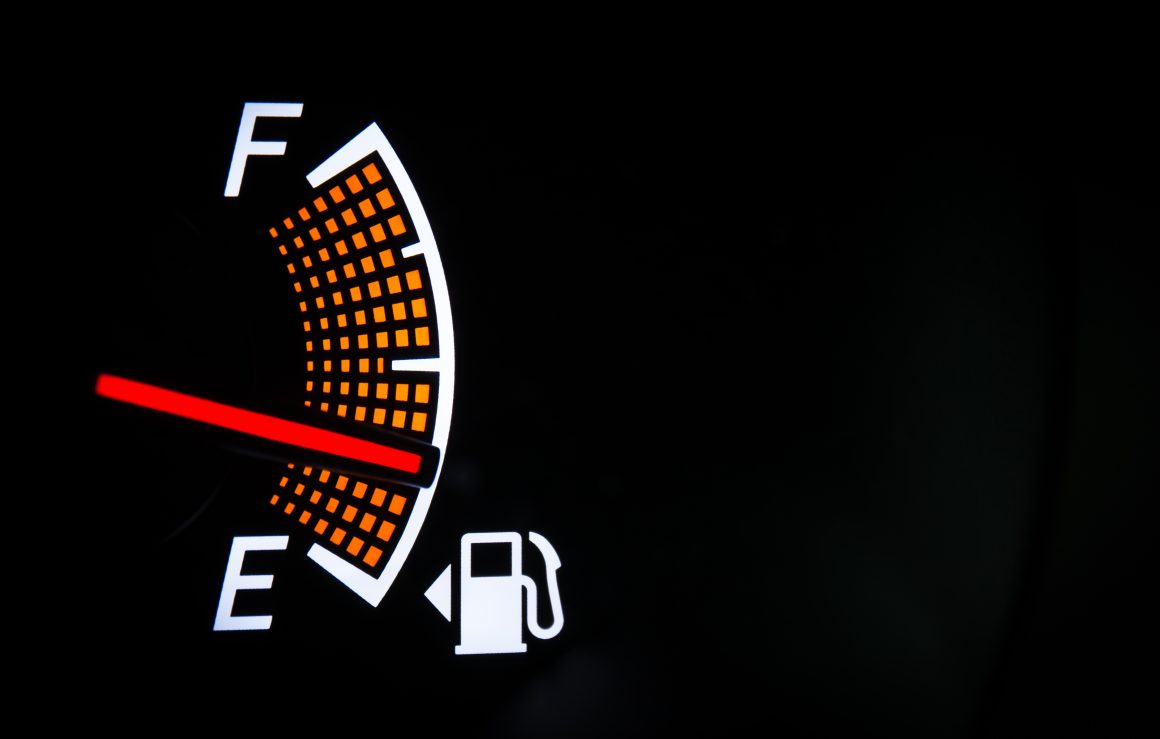This blog was written by EEGA Steering Committee member Sheila Watson, Executive Director of FIA Foundation. FIA Foundation supports an international programme of activities promoting road safety, the environment and sustainable mobility, as well as funding motor sport safety research. It also coordinates the Global Fuel Economy Initiative.
The auto industry has been badly affected by the major shock to the global economy caused by the COVID pandemic. Vehicle manufacturers were forced to shut down factories to safeguard workers’ health, and as vehicle use dropped dramatically, sales also stalled.
Vehicle manufacturers were already facing major challenges: After many years of increases, global sales have plateaued for the past five years, with growth mostly occurring in emerging markets. A decade of weak finances and poor consumer confidence – combined with new technologies such as electrification, shared mobility and automation – has caused significant market disruption.
Governments may be under pressure to roll back regulations in to lower production costs. But it’s important to note that this would be a false economy: Instead, it would increase costs to drivers andweaken incentives for transition to cleaner, more efficientvehicles, delaying vital action to tackle climate change. As governments consider economic stimulus and recovery, now is the time to accelerate policies and investments to transform mobility with a focus on efficient, zero emission, and low-carbon vehicles.
Fuel economy policy saves money
Improving the efficiency of vehicles leads to long-term financial savings. For example, in the EU, net fuel savings are expected to be around double the additional costs of efficiency improvements. Across the pond, the Environmental Protection Agency’s modelling of the original U.S. light-duty vehicle efficiency standards for 2025-30 estimated $600 in total average per-vehicle cost would lead to $2,200 in benefits, including $1400 in fuel savings. The U.S. has subsequently revised its vehicle standards downward, a decision that the International Council on Clean Transportation (ICCT) described as ‘fundamentally flawed,’ since any consumer buying a vehicle in 2025 would have recouped their investment in the third year of ownership.
Fuel economy policy is vital for cutting carbon emissions
Due to its energy intensiveness, transport is responsible for around a quarter of total carbon dioxide emissions worldwide. This means that fuel efficiency measures have enormous potential for energy and emissions savings: The International Energy Agency (IEA) estimates that fuel economy policies for passenger transport have saved the equivalent of 2.5 EJ of energy between 2015 and 2018.
The Global Fuel Economy Initiative (GFEI) has undertaken scenario modelling which shows that continuing to improve the efficiency of road transport can significantly reduce carbon emissions. Even with further growth in the total number of vehicles on the road, further improvements to the fuel economy of internal combustion engine vehicles would limit overall emissions at near current levels by 2050, saving five Mtonnes of CO2eq emissions globally compared with current adopted policies.
However, improving the internal combustion engine alone is not enough. Even with improved engine efficiency, total emissions would remain 57% higher than 2005 levels, and almost five times higher than the required level to achieve the Paris Agreement goal of limiting global temperature rise to 1.5 degrees. A widespread switch to electric vehicles (EVs) is needed. This could achieve further reductions of between three to five Mtonnes – depending on the extent to which the electricity grid is decarbonized.
If new policies are adopted, passenger vehicle improvements could be responsible for around half of these total emission reductions (over five Mtonnes), with freight contributing around four Mtonnes and buses and heavy-duty vehicles contributing just under one Mtonne each.
We need to sharpen the policy focus on key issues
GFEI monitors trends in average fuel economy over time. Average fuel economy improvements in advanced economies (measured in liters of gas equivalent/km) slowed to only 0.2% between 2016-2017, and even reversed in almost 20 countries. A significant trend has been the reduction in sales of diesel vehicles in the largest EU markets, where diesel market share has declined by between 5-15% since 2014. This shift away from diesels has been in response to concerns over excessive nitrogen oxide emissions and air pollution, meaning the shift to cleaner electric vehicles is even more important. Although there has been some growth in more efficient electric powertrains, these still only make up a small proportion of sales. There are several ways to accelerate improvements:
- Encourage smaller vehicle size: Increasing sales of larger vehicles such as sport utility vehicles (SUVs) has undermined the overall impact of efficiency improvements. According to the IEA, SUVs were the second-largest contributor to the increase in global CO2 emissions since 2010 after the power sector. The global fleet of SUVs has seen its emissions grow by nearly 0.55 Gt CO2 during the last decade to roughly 0.7 Gt CO2. North America and Australia have particularly high market shares of large vehicles (especially in the small SUV segment which includes many ‘crossover’ models), which consume 15% more fuel than a medium-sized car on average. Using fuel economy standards and financial incentives to reverse this trend will help overall emissions.
- Support the transition to EVs: Electric motors are significantly more efficient than internal combustion engines and will offer increasing climate savings over time as the carbon intensity of the electricity grid improves. Fuel economy policy is increasingly being used to accelerate the transition to EVs, including through zero emission vehicle mandates, which have been introduced in California and China. Actions taken within the next decade will be key for this transition; although batteries and charging infrastructure are rapidly improving, additional incentives are still needed in order to reduce emissions. Future investment in vehicle manufacturing needs to be focused on the transition to EVs to ensure cleaner mobility.

